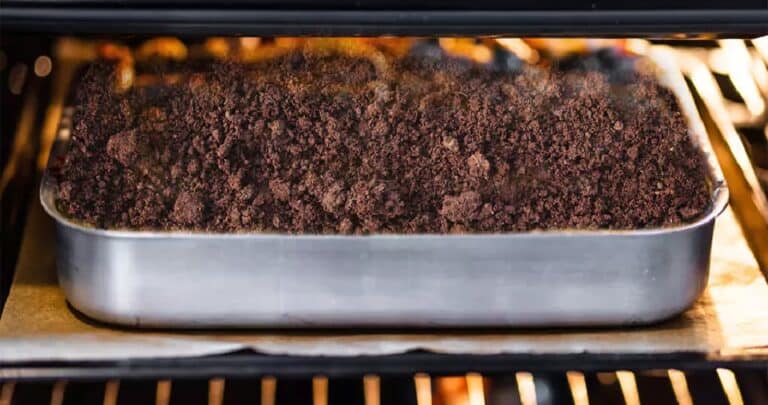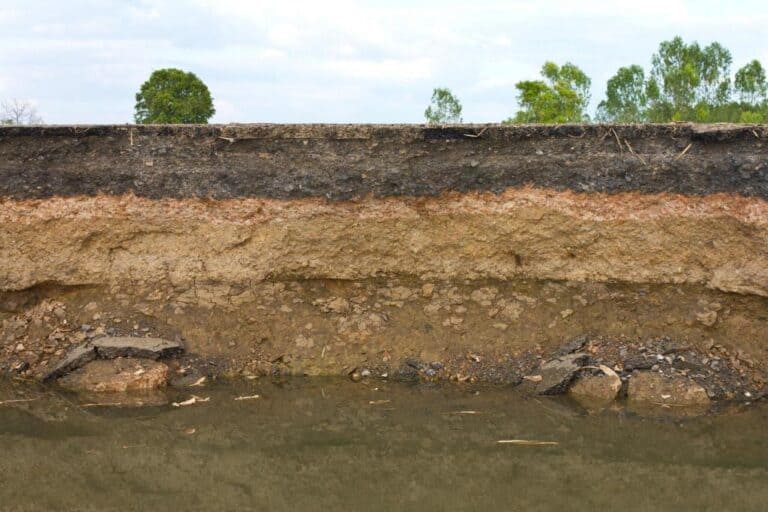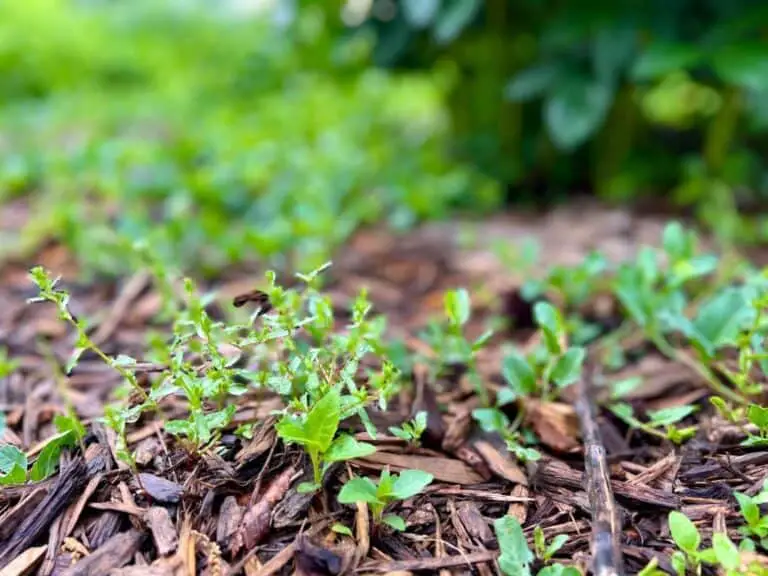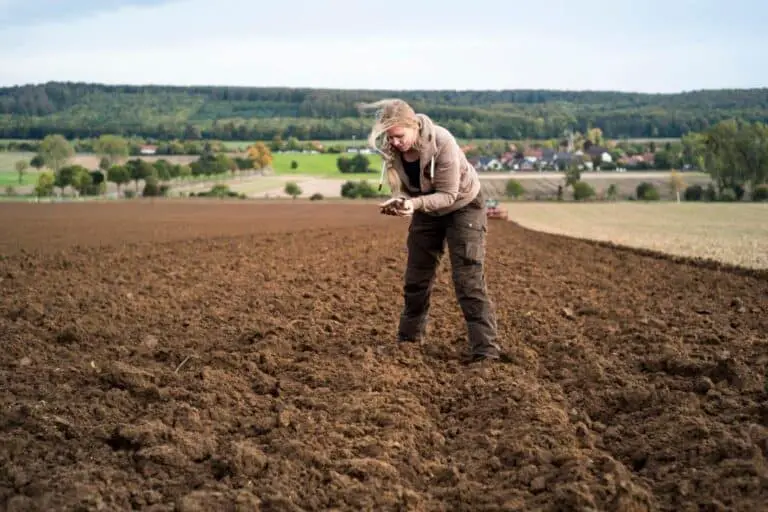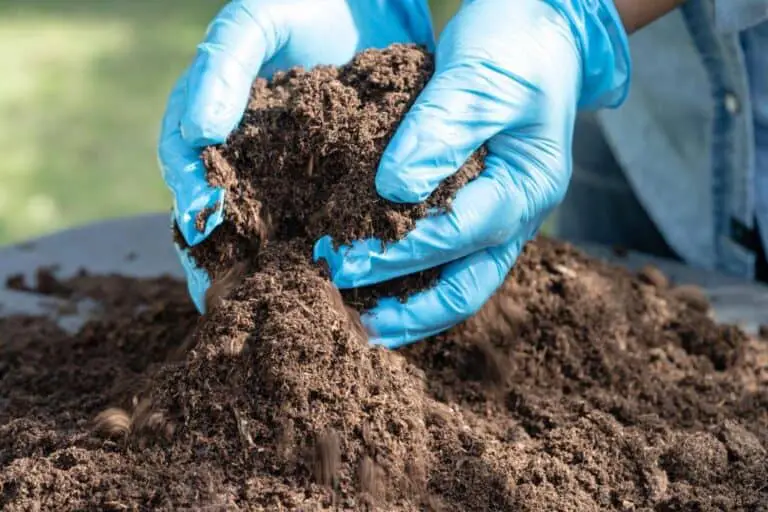Should You Sterilize and Screen Compost Before Use?
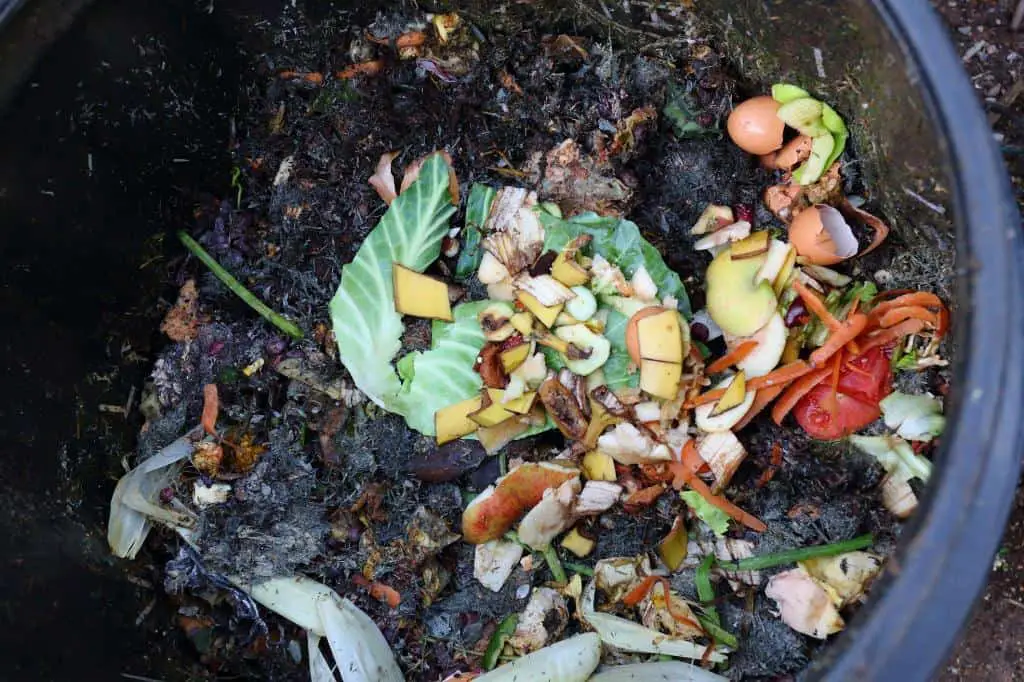
Imagine walking through a flourishing garden, basking in the kaleidoscope of colors, and inhaling the earthy, invigorating scent that lingers in the air. At the heart of this vibrant paradise lies a dark, crumbly magic potion known as compost. Often hailed as the secret to nurturing thriving plants and sustaining the soil’s vitality, compost is a gardener’s elixir of life. But here’s the intriguing twist: some gardeners swear by sterilizing their compost, while others opt to let nature’s dance of decay unfold in its unaltered glory.
In this journey of organic decomposition, we find ourselves pondering the age-old question, “Should you sterilize compost?” Sterilizing compost is not necessary, but it can ensure that your plants will be happy and healthy and have optimal growth.
It’s a captivating quest that delves into the essence of composting. Join us as we unravel the enigma, exploring the pros and cons of compost sterilization and unearthing the best path for your own green sanctuary.
Understanding Compost and Its Benefits
Compost is often referred to as “black gold” for gardeners and farmers, and for good reason. It is a nutrient-rich, dark, crumbly mixture that results from the decomposition of organic matter. This organic matter can include kitchen scraps, yard waste, leaves, and other biodegradable materials.
Numerous microorganisms, including bacteria, fungi, and insects, work together during the decomposition process to transform the organic matter into nutrient-dense humus.
The benefits of compost are vast and varied. It enriches the soil, improving its structure and fertility. Compost enhances water retention, reduces soil erosion, and supports beneficial soil organisms. Furthermore, using compost can reduce the need for chemical fertilizers, making it an environmentally friendly choice for any gardener or farmer.
Should You Sterilize and Screen Compost Before Use?
Sterilization and screening of compost are crucial steps in ensuring the quality and effectiveness of your organic matter. Sterilization refers to the process of eliminating harmful pathogens, weed seeds, and unwanted pests from the compost. Screening involves removing larger debris such as rocks, sticks, or other contaminants.
It is not necessary to sterilize compost, but doing so can ensure that your plants are healthy and grow to their full potential. However, it is important to avoid using compost that smells sour or rotten.
You may want to avoid composting foods containing animal fats, plants infected with disease, invasive weeds, weeds that have gone to seed, or dog and cat feces. Instead, yard trimmings, like leaves, grass clippings, prunings, garden debris, and most kitchen scraps, make excellent compost
Sterilizing compost involves subjecting it to high temperatures to eliminate harmful pathogens and weed seeds. The process typically requires heating the compost to a specific temperature for a certain period of time.
Screening compost is a common way of improving the quality of the finished product. Running compost through a screen has many benefits, such as removing sticks, debris, produce stickers, and uncomposted food scraps, adding air, and breaking down clumps into fine pieces.
Most compost needs sifting before being added to the garden, unless you don’t mind larger pieces of material that didn’t break down well enough. To screen compost, you need a screen that is large enough to remove the pieces that are too big to put in your garden but let the compost move through it.
Advantages and Disadvantages of Sterilizing Compost
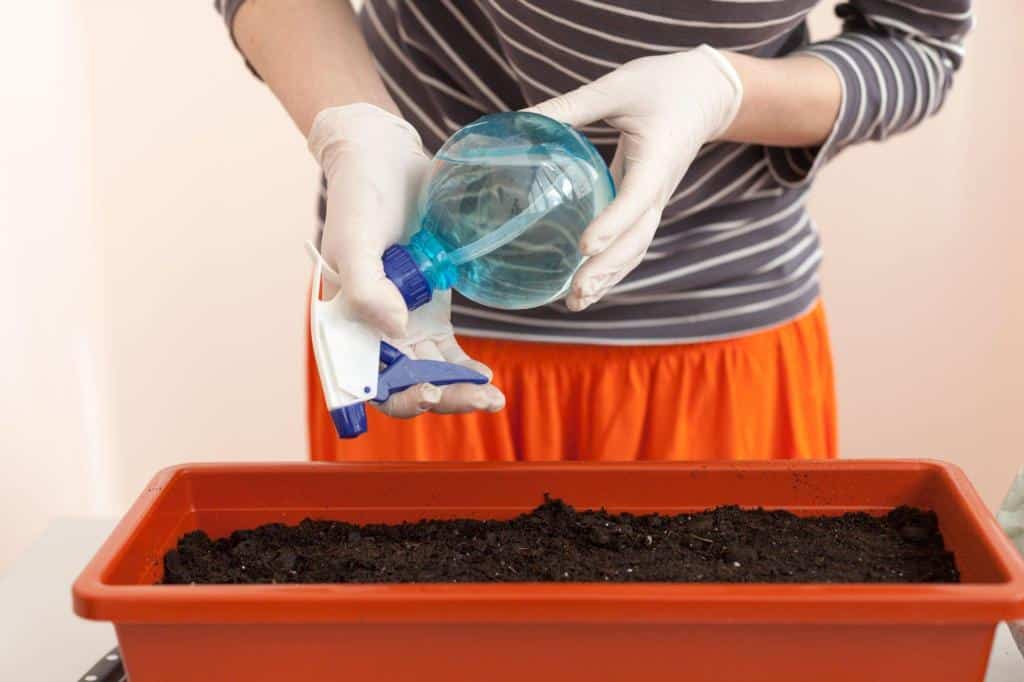
Sterilizing compost has its advantages and disadvantages, and the decision to sterilize should be a thoughtful one. On one hand, sterilization eliminates weed seeds, ensuring they won’t sprout and compete with your plants. Additionally, it reduces harmful pathogens, which is especially crucial if you plan to use compost for sensitive plants or in potting mixes.
Proponents of sterilization argue that it eradicates potential diseases and pests that might otherwise find their way into the soil through the compost. This is especially important for those who wish to grow sensitive plants or fear the introduction of unwanted diseases.
Additionally, sterilizing compost can speed up the decomposition process. By eliminating competing microorganisms, the desired decomposers can work more efficiently, resulting in a quicker turnaround from raw organic matter to mature compost. This can be advantageous for gardeners who need compost ready for planting within a shorter time frame.
However, there are drawbacks to consider. Sterilization isn’t selective; it wipes out both harmful and beneficial microorganisms. This can result in a temporary loss of soil microbial activity, impacting long-term soil health. Moreover, sterilizing soil may remove some essential nutrients, which may also be affected during the process.
Finding a balance between sterilization and the preservation of compost quality is essential. Partial sterilization methods, like pasteurization, offer a compromise by reducing pathogens while leaving beneficial microbes largely intact. Additionally, incorporating diverse compost sources can help maintain microbial diversity in the long run.
Methods of Sterilizing Compost
For those who decide to sterilize their compost, here are some common techniques and tips on how to sterilize compost:
1. Solarization
It involves using the sun’s heat to raise the temperature of the compost. Place the compost in a transparent, airtight container and allow it to sit in direct sunlight for several weeks.
2. Steaming
Requires a heat source and a container to hold the compost. Steam is introduced into the container to raise the temperature and kill pathogens and seeds.
3. Hot Water Immersion
Submerge the compost in hot water for the designated time and temperature to achieve sterilization.
4. Microwaving
Uses electromagnetic radiation in the microwave frequency range to heat and eliminate pathogens, pests, and weed seeds present in soil and compost.
5. Chemical soil sterilization
Chemical soil sterilization is the process of using chemical substances to kill or eliminate harmful pathogens, pests, and weed seeds in soil.
Table: Compost Sterilization Techniques with Temperatures and Duration
| Technique | Temperature | Duration |
| Solarization | 110-160°F | 4-6 weeks |
| Steam Sterilization | 180-200°F | 30 minutes |
| Hot Water Immersion | 160-170°F | 30 minutes |
| Microwaving | 180-200°F | 30 minutes |
| Chemical | Vary | Vary |
Remember that when using high-temperature methods, it’s essential to monitor the compost’s internal temperature accurately to avoid overcooking and damaging beneficial microorganisms.
Sterile Soil and Its Implications for Plant Growth
Gardening is an art that intertwines with the wonders of nature. As we cultivate lush gardens and bountiful crops, we often ponder the delicate balance between sterilizing compost and nurturing organic decomposition. Let’s explore the fascinating relationship between soil biodiversity and plant resilience, and how sterile soil can impact plant health.
Relationship Between Soil Biodiversity and Plant Resilience
In the rich tapestry of healthy soil, a diverse community of microorganisms, insects, and earthworms work in harmony to support plant growth. These microscopic heroes contribute to nutrient cycling, disease suppression, and overall soil health. When we sterilize compost, we disrupt this intricate web of life, potentially limiting the soil’s natural defense mechanisms.
Potential Negative Effects of Sterile Soil on Plant Health
Sterile soil may hinder plant growth in several ways. Without a diverse array of beneficial microorganisms, plants may struggle to access essential nutrients and become more susceptible to diseases. The lack of healthy competition for resources might even encourage the proliferation of harmful pathogens. To maintain a flourishing garden, it’s crucial to strike a balance between sterilization and embracing organic decomposition.
Best Practices for Compost Application
When it comes to compost application, timing is everything. Understanding the maturity of compost is essential to preventing potential negative impacts on your soil and plants.
Compost that is not fully matured may contain high levels of nitrogen and other nutrients, which can harm delicate seedlings or lead to nutrient imbalances in the soil. On the other hand, well-matured compost is a nutrient-rich and stable soil amendment that can boost soil fertility and support plant growth.
To ensure the successful application of compost, consider the following best practices:
1. Assessing Compost Maturity
Check the maturity of your compost before applying it to your garden beds. Well-matured compost should have a dark, crumbly texture with a pleasant earthy smell. If it still appears raw or smells strongly of ammonia, it is not fully mature and may need more time to decompose.
2. Proper Compost Storage
Store compost in a well-ventilated area away from direct sunlight and extreme weather conditions. Covering the compost pile with a tarp can help maintain moisture levels and protect it from heavy rains that could leach nutrients.
3. Compost Handling and Mixing
Before applying compost to your garden, mix it thoroughly to ensure uniformity. This helps distribute nutrients evenly throughout the soil and prevents potential nutrient imbalances.
4. Compost Application Rates
Be mindful of the amount of compost you apply to your garden. Avoid excessive application, as this can lead to nutrient overload and harm the soil ecosystem. Follow the recommended application rates based on your soil test results and plant requirements.
5. Composting Material Selection
Choose a balanced mix of green (nitrogen-rich) and brown (carbon-rich) materials for composting. Green materials include kitchen scraps, grass clippings, and fresh plant trimmings, while brown materials include dried leaves, straw, and woody branches. This balanced mix ensures proper decomposition and a well-rounded nutrient profile in the final compost.
6. Compost Turning and Aeration
Regularly turn and aerate your compost pile to facilitate the decomposition process. This helps maintain proper moisture levels, prevent foul odors, and encourage the growth of beneficial microbes that break down organic matter.
7. Composting Temperature Monitoring
Monitor the internal temperature of your compost pile regularly. A properly heated compost pile (around 130-150°F or 55-65°C) speeds up the decomposition process and ensures that weed seeds and harmful pathogens are effectively killed off.
8. Compost Application Timing
Apply compost in the spring or fall, when plants are actively growing and can readily benefit from the nutrients. Avoid applying compost during extreme weather conditions, such as freezing temperatures or heavy rain, as it may lead to nutrient loss.
9. Avoid Composting Weeds with Seeds or Diseased Plants
Be cautious about adding weeds with mature seeds or diseased plants to your compost pile. Composting these materials may inadvertently introduce weed seeds or pathogens back into your garden.
10. Monitor Plant Response
Observe your plants’ response to compost application. If you notice signs of nutrient deficiencies or excesses, adjust your compost application rates accordingly. Regular monitoring ensures that your plants receive the right amount of nutrients for optimal growth.
Safety and Precautions When Using Sterilized Compost
When it comes to using sterilized compost, safety should always be a top priority. While sterilization helps eliminate harmful pathogens, it’s essential to handle the compost with care to avoid any potential risks. Let’s dive into some key safety measures and precautions you should keep in mind.
- Protective Gear: When handling sterilized compost, consider wearing gloves and a dust mask. While the compost is free from most pathogens, it’s still a good practice to minimize direct contact with your skin and prevent inhaling any fine particles.
- Storage: Store sterilized compost in a dry, covered container to maintain its sterility and prevent recontamination by external factors.
- Proper Application: Apply sterilized compost to your garden beds or containers following recommended guidelines. Avoid using excessive amounts, as it may disrupt the natural balance of nutrients in the soil.
- Keep Pets and Children Safe: Keep sterilized compost out of reach of pets and children. Though sterilization reduces risks, it’s better to be cautious.
- Clean Tools: Disinfect gardening tools that come into contact with the compost to prevent the spread of potential contaminants.
By adhering to these safety measures, you can confidently use sterilized compost to boost your garden’s health without compromising on safety. Remember, a little precaution goes a long way in ensuring a successful and risk-free gardening experience!
Can I Use Compost Without Sterilizing It?
Absolutely! Using compost without sterilizing it is a common and eco-friendly practice among gardeners. By skipping the sterilization process, you can retain the rich diversity of beneficial microorganisms in the compost, which play a crucial role in maintaining soil health and facilitating nutrient circulation. These tiny helpers break down organic matter, releasing essential nutrients for plants to thrive.
Yet, there are circumstances where sterilization might be essential. For instance, if you suspect your compost contains harmful pathogens, sterilization can be a precautionary measure to prevent potential plant diseases. Additionally, some specialized gardening endeavors, like starting seedlings in a controlled environment, may call for sterilized compost to ensure a clean, disease-free medium for young plants.
Learn: What Is the Difference Between Sterilized and Unsterilized Soil?
Are There Any Commercially Available Sterilized Compost Products?
Yes, there are commercially available sterilized compost products on the market. These products are often labeled as “sterilized” or “pathogen-free” and may be suitable for gardeners who require a guarantee of pathogen-free compost for their specific needs.
Here are some commercially available, sterilized compost products:
- MycoHaus 10 Pounds Sterilized Compost Mushroom Substrate
This product is made from fully composted and aged manure, peat moss, vermiculite, and shredded hardwood mulch. It is specifically designed for growing mushrooms.
- Sterilized Compost Bulk (per cu. yd.) – SiteOne
This product is made with top-quality ingredients and is ideal for planting shrubs, flower beds, and more. It can be used in gardens or landscapes and helps maximize plant growth.
- 120 Pounds Sterilized Compost Bulk Substrate – MycoHaus
This product is made from fully composted manure, shredded hardwood mulch, peat moss, and vermiculite. It is designed for growing mushrooms.
- 3cf Teufel Compost (Organic) – Concentrates, Inc.
This product provides a microbially active source of organic matter, humus, and other important soil builders required by plants to thrive. It contains no chemicals.
- Charlie’s Compost
This product is made from chicken manure, straw, and other materials. It is designed for use in gardens and landscapes.
It is also possible to buy potting soil that is labeled sterile, which has been treated with chemicals to kill pathogens and seeds. Garden centers often have compost in bulk and in bags, and independent compost producers may also be found locally.
Conclusion
In conclusion, the decision to sterilize and screen compost before use depends on various factors and gardening objectives. While sterilization can be beneficial in eliminating harmful pathogens and ensuring pathogen-free organic matter, it is not always necessary.
Many gardeners embrace the natural approach of composting without pathogens to maintain a diverse and thriving ecosystem of beneficial microorganisms that contribute to soil health.
Preventing diseases with sterile soil is crucial in certain situations, especially when dealing with plant-specific diseases or starting seedlings in a controlled environment. However, for general gardening purposes, using unsterilized compost can be a safe and sustainable option, promoting a more robust and resilient soil structure.
Ultimately, it is essential to strike a balance between the benefits of sterilization and preserving the beneficial microorganisms in compost. By following proper precautions, handling compost with care, and making informed decisions, you can create a healthy, flourishing garden that aligns with your gardening preferences and goals.
So, whether you choose to sterilize and screen your compost or not, remember that a well-nurtured garden is a testament to your dedication and love for cultivating a greener world. Happy gardening!
FAQs on Sterilization Compost Methods
How does composting work?
Composting is a natural process where organic materials, such as kitchen scraps, yard waste, and leaves, decompose over time. Microorganisms like bacteria and fungi break down the organic matter into nutrient-rich humus. This humus, or compost, enriches the soil, improving its fertility and structure, while supporting beneficial soil organisms and reducing the need for chemical fertilizers.
What are the benefits of sterilizing compost?
Sterilizing compost can eliminate harmful pathogens and weed seeds, reducing the risk of diseases and unwanted plant growth. It can also speed up the composting process by removing competing microorganisms, resulting in quicker decomposition and ready-to-use compost.
How do I sterilize compost at home?
To sterilize compost at home, you can use heat-based methods like solarization, steam sterilization, or hot water immersion. Solarization of compost involves placing it in a transparent, airtight container and exposing it to direct sunlight for several weeks. Steam sterilization requires a heat source and a container to hold the compost, while hot water immersion involves submerging the compost in hot water for the required duration.
Does sterilizing compost remove all pathogens?
While sterilizing compost can significantly reduce the number of pathogens, it may not eliminate all of them. Some resilient pathogens may survive the process, especially if the temperature or duration is not sufficient. Therefore, proper monitoring and accurate temperature control are crucial to achieve effective pathogen reduction.
Are there natural alternatives to sterilizing compost?
Yes, several natural alternatives can help suppress pathogens and weed seeds without the need for sterilization. For instance, using mature compost from a well-maintained and healthy composting system can contain fewer pathogens. Additionally, incorporating diverse organic materials and maintaining proper composting conditions can promote a balanced and robust microbial community that outcompetes harmful organisms.
Is sterilizing compost necessary for organic gardening?
Sterilizing compost is not a strict requirement for organic gardening, as organic principles encourage working with natural processes. Many organic gardeners prefer to use unsterilized compost to maintain a healthy soil ecosystem and promote biodiversity. However, if there are recurring disease issues or specific needs, sterilization may be considered.
Will sterilizing compost eliminate all weed seeds?
Sterilizing compost can significantly reduce the number of weed seeds, but may not eliminate all of them. Some weed seeds have protective coats that can withstand heat treatment, leading to a few seeds surviving the sterilization process. Properly managing and maintaining the composting process can help control weed seed viability.
Can I combine both sterile and non-sterile compost for better results?
Combining both sterile and non-sterile compost can be beneficial. The sterile compost can provide immediate disease protection and faster decomposition, while the non-sterile compost contributes to the diversity of beneficial microorganisms. The blend can create a balanced soil environment, promoting healthy plant growth and long-term soil fertility.

